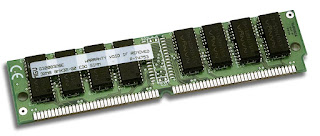What are ROM and its types?

ROM stands for Read-Only Memory. It is a memory device that is used to stored information permanently during the manufacturing process.ROM stores programs that are required to start a computer, this process is known as bootstrapping or tuning of a computer. ROM is non-volatile in nature as it holds the information even when the power is turned off. It is called read-only memory as we can only read and store the programs on it but cannot write on it. In older ROMs, once data is written on a chip, it cannot be erased or modified. Now, It has the capability to rewrite and erased data. However, data can’t be rewritten or erased as quickly and easily as with RAM. ROM chips are not only used in the computer but also in other electronic items like washing machines, calculators, and microwave ovens . How does ROM work during bootstrapping? ROM holds programs that are needed for operating the computer system and its hardware components such as a keyboard, mouse, printer, etc. ROM contains BI...


